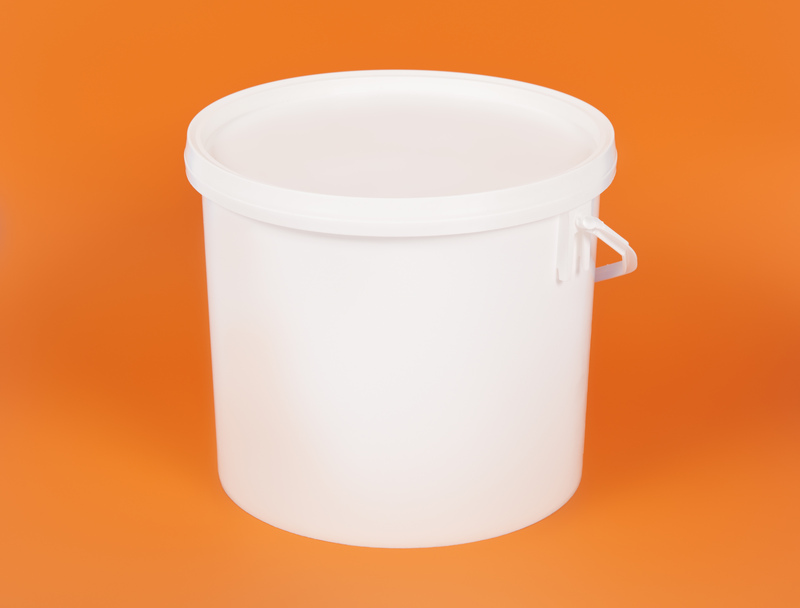A Grand Guide to Safely Move Your Cherished Piano
Posted on 22/06/2025
A Grand Guide to Safely Move Your Cherished Piano
Moving a piano is not just another household task--it's a delicate operation that requires planning, precision, and patience. Whether it's a treasured family heirloom, a baby grand centerpiece, or a reliable upright, relocating your cherished piano safely is crucial to safeguard its structure, finish, and sound. In this comprehensive and SEO-optimized guide, you'll discover pro tips, actionable steps, and industry insights to help you on your journey to safely move your precious instrument.
Why Moving a Piano Is No Ordinary Task
Pianos are unique not just for their musical brilliance but also for their complexity and fragility. Even the smallest mistake can lead to costly repairs or irreversible damage. Here's what makes moving a piano a challenge:
- Weight and Size: Uprights can weigh from 300-800 lbs, while grand pianos may tip the scale at over 1,200 lbs.
- Delicate Mechanisms: Containing thousands of delicate parts, from hammers to strings, even a small shock can throw a piano out of tune or worse.
- Risk of Injury: Improper lifting can cause severe physical injuries. Many piano moves end in sprains, strains, or accidents.

Essential Preparations Before the Move
1. Assess Your Piano and Its Surroundings
Take time to inspect your piano and the area it's sitting in. Ask yourself:
- What type of piano do you have? (Upright, baby grand, concert grand?)
- Are there stairs, narrow hallways, or uneven flooring to navigate?
- What's the route from its current position to the moving vehicle?
2. Gather Necessary Tools and Supplies
Organize the following essential equipment to protect both the piano and those moving it:
- Piano dolly or skid board: For secure and stable transportation across flat surfaces.
- Heavy-duty straps and padding: To keep the piano secure and prevent scratches.
- Blankets and stretch wrap: To shield the finish from bumps and scrapes.
- Workbench tools: For minor disassembly (like removing piano legs or pedals if needed).
- Work gloves and closed-toe shoes: For optimal grip and safety.
3. Enlist Qualified Help
No matter the type or brand, never attempt to move a piano alone. Secure a team of strong, able-bodied helpers--ideally three to five people. If hiring professional piano movers isn't in your budget, friends or family familiar with heavy lifting can be of great assistance. Brief your team on the plan before you begin to ensure everyone is on the same page.
Disassembling and Protecting Your Piano
1. Secure the Keyboard
The keyboard lid should remain closed and locked to prevent accidental opening and protect the keys from damage. If the lid cannot be locked, use padding and ties to keep it shut.
2. Remove Any Removable Parts
Depending on your piano model, you may need to remove:
- Music stands
- Piano legs (especially on grand pianos)
- Pedals
3. Wrap the Piano Thoroughly
Cover the entire body, including corners and edges, with moving blankets and secure them using stretch wrap or heavy-duty tape. This minimizes the risk of nicks, scratches, or finish damage during the move.
The Safe Route: Planning Your Path
Before moving a single inch, survey the route from room to truck. Measure doorways, hallways, and stairwells to ensure your piano fits through--all while staying upright or as recommended for your piano model. Move obstacles (furniture, rugs, decor) and secure pets or children in another area until the move is complete.
Special Considerations for Stairways and Elevators
If stairs are involved, use additional manpower and take each step slowly. Elevators should have proper weight capacity and interior protection; it may be necessary to consult building management beforehand.
The Actual Move: Step-by-Step Processes
1. Lifting Techniques and Maneuvering
Apply these fundamental safe lifting rules to avoid mishaps:
- Lift with your knees, not your back
- Communicate clearly; use countdowns for synchronized movement
- Keep the piano as upright as possible at all times
- Avoid sharp twists or tilting the piano too far
2. Using Dollies, Skid Boards, and Ramps
Place the piano gently onto a heavy-duty dolly or piano skid, using strapping for security. When encountering stairs, ramps or additional manpower can help maintain control:
- Go slowly--never rush a step or incline.
- Maintain balance by keeping weight evenly distributed.
3. Loading the Piano into a Moving Truck
Position the piano in the truck against a sturdy wall to prevent shifting during transit. Secure it using ratchet straps and extra padding. Never place the piano on its back or side unless the manufacturer recommends it.
Expert Pro Tips for a Flawless Piano Move
- Check your insurance: Standard homeowners' or renters' insurance may not cover moving damages. Consider specialized transit insurance for your piano.
- Document before and after: Take pictures of the piano and record its condition before the move for insurance and peace of mind.
- Tune after moving: Even a careful move can jar strings, so schedule a professional tuning a few weeks after your piano is in its new location.
Common Mistakes to Avoid When Moving a Piano
- Underestimating the Weight: Even small pianos can strain muscles and teamwork. Always have enough manpower and the right tools.
- Improper Positioning in Transit: Never let a piano roll or slide; it should be locked securely in place.
- Skipping Padding: Bare wood on metal or plastic is a recipe for scratches and dents.
- Not Measuring First: A stuck piano in a narrow hallway is not just frustrating--it can cause lasting damage to both the instrument and your home.
- Forgetting to Label Removed Parts: Keep all hardware and detached parts labeled for easy reassembly.
When to Call Professional Piano Movers
There are times when the only wise choice is to rely on professional piano moving specialists:
- You own a grand or baby grand piano
- Multiple flights of stairs or tight turns complicate the move
- Your piano must travel a long distance or needs to cross state lines
- The piano is of significant value--either sentimental or monetary
Professional movers bring insurance, experience, and piano-specific equipment--all of which can be priceless for stress-free, damage-free piano relocation.
Unpacking and Caring for Your Piano in Its New Home
1. Let the Piano Acclimate
Sudden temperature or humidity changes can lead to wood expansion or contraction. Leave your piano untouched for at least 24-48 hours after moving before removing the blankets and tuning it.
2. Clean and Inspect
Once acclimated, wipe down surfaces gently and check for signs of distress, such as cracked wood, loose parts, or finish blemishes. Address issues immediately to prevent further damage.
3. Arrange for Tuning and Servicing
A relocation almost always throws a piano out of tune due to movement and exposure during transport. Hire a certified piano technician to tune and service your piano within a couple of weeks of the move.
Conclusion: Moving Your Piano with Care and Confidence
A piano isn't just a piece of furniture--it's an instrument, a legacy, and often, a beloved companion. With careful planning, the right equipment, and a strong team, moving your cherished piano safely can be successfully accomplished without damage or drama. Remember, if you ever feel overwhelmed, reputable professional piano movers are just a call away. Treat your piano with the respect it deserves, from the first lift to the final note in your new home.

Frequently Asked Questions about Piano Moving
How much does it cost to move a piano?
Depending on the size, distance, and type of piano, moving costs typically range from $200 to $2,000 for professional services. Additional fees may apply for stairs, difficult access, or long distances.
Can I move a piano upstairs?
Moving a piano upstairs is possible with the right talent and equipment, but it should be left to experienced movers. Safety for both your team and the instrument is paramount.
How soon should I tune my piano after a move?
Wait at least two weeks for the piano to adjust to the new environment before tuning. Factors like humidity, temperature, and movement can impact tuning stability.
Is a standard moving company equipped to handle pianos?
Most general movers lack the specialized equipment and training needed for safe piano relocation. Choose movers with piano-specific expertise for best results.
Final Note
Whether your beloved instrument is staying within your home or crossing state lines, the care and attention you invest in safely moving your cherished piano will be repaid with years (or generations!) of beautiful music.







